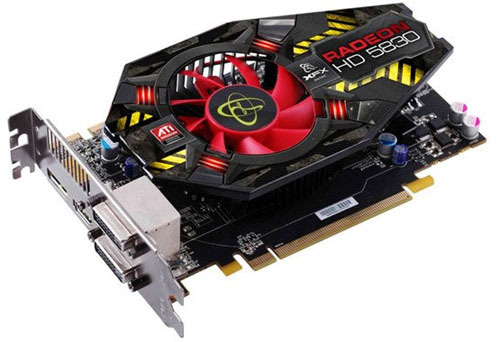Graphics cards are dedicated components that can help computers process graphics that will be shown on the display. These cards are built around a processor called the GPU or Graphics Processing Unit and it is the place where the actual process occurs. When it comes to the overall graphics performance, GPU should be considered as the most important feature. AMD and Nvidia are two major producers of graphics cards in the computer industry. Each has unique reference designs and it is often quite interesting to see how latest models from these companies compete to achieve highest performance.
AMD and Nvidia typically provides only the reference designs and the actual manufacturers are different countries, such as Asus, MSI, XFX, Gigabyte and others. Nvidia uses its own brand, while AMD uses “Radeon” as its primary brand. GPU isn’t the only component found in graphics cards and we could also find video RAM. These video RAM modules are generally different from what we find on computers and they are optimized for graphics-based tasks. Graphics cards have different RAM sizes, but average users should find that 2GB models are sufficient for their casual gaming purposes, while 4GB and 8GB models are reserved for enthusiasts.
Today’s graphics cards are based on PCI Express technology and it would be quite difficult to find models with AGP and PCI slots. Graphics cards with these older slots are useful only if we want to improve our old computer sets. PCI Express is simply the latest technology and it should allow us to obtain the highest data bandwidth the best performance possible. Modern cards are now using the DVI connectors that allow us to connect to additional monitor. Before purchasing graphics cards, we should consider our financial situations. We should know what we want to achieve with the graphics card.
When we are talking about low-cost graphics cards, they could be priced under $80. They could still run the latest games and software in the market, but obviously not at the highest details and screen resolutions. Both Nvidia and AMD have good selections of models in this price category. Depending on manufacturer and model, these cards could have 512MB, 1GB or even 2GB of video RAM. Most should already have multiple DVI connectors. Some of the cheapest and slowest models may have passive coolers or heatsinks, which are appropriate for low-energy computer sets.
The mid-range models could be priced between $80 and $250. They should provide decent to good performance for gaming. This price category is quite dynamic and it is possible that we get some real bargains. Prices could drop really fast as retailers are trying to make rooms for new models that are available in the market. In this case, we should make sure that we read expert reviews before we purchase a mid-range model. If possible, we should choose models with 4GB of video RAM. High-end models could be priced higher than $300. They could be relatively power-hungry and noisy, with their high-speed fans.

